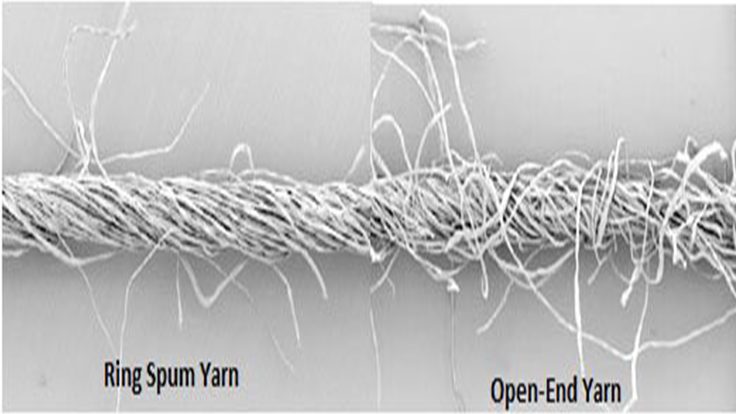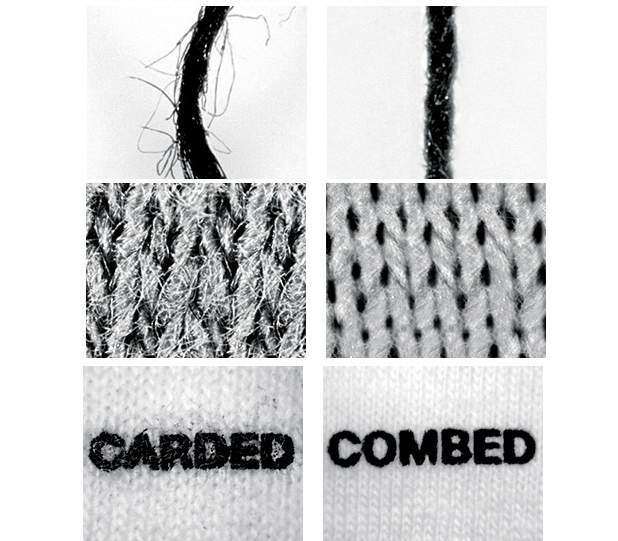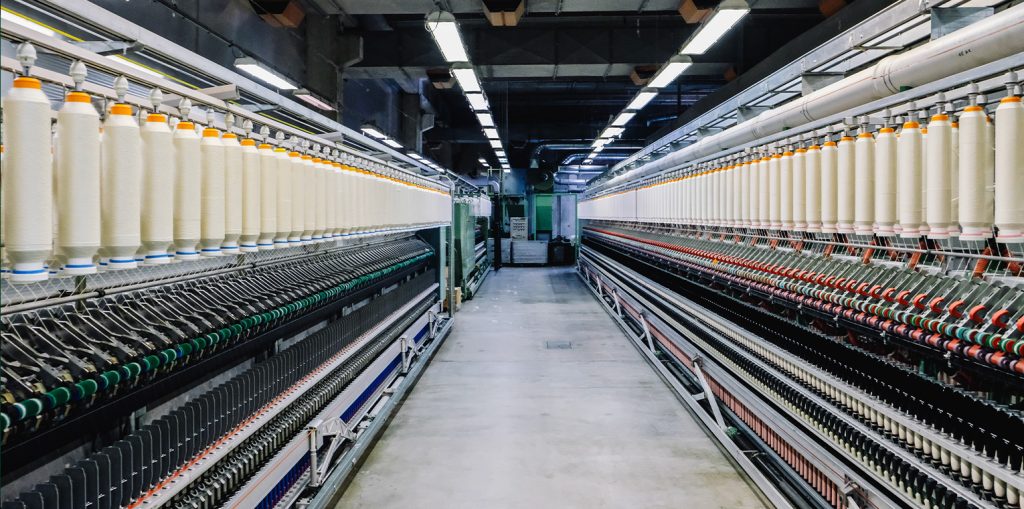Spun yarn is a crucial element in the textile industry, serving as the basis for various fabrics and textiles. The classification of spun yarn is primarily based on the spinning technology employed, which can be broadly categorized into two groups: Ring Frame Yarn and Open-End Yarn. In this blog, we will delve into the various subcategories of these spun yarn types, their characteristics, and applications. Read more about the broad categories here.

1. Ring Frame Yarn:
Ring frame yarn is produced using a traditional ring frame machine, and it offers a range of subcategories, each with distinct characteristics.

a) Carded Yarn:
Carded yarn is manufactured through a standard carding process and the ring frame machine. It consists of short-staple fibers and may contain impurities like dirt and broken seeds. Carded yarn tends to have lower strength and irregularities.
b) Super Carded Yarn:
Super carded yarn is the result of a more refined carding process, also produced on a ring frame machine. It exhibits reduced impurities, better strength, and lower hairiness compared to carded yarn.
c) Semi-Combed Yarn:
Semi-combed yarn involves a partial combing process during production on the ring frame machine. This results in the partial removal of short fibers, dirt, and broken seeds. Semi-combed yarn boasts improved evenness, reduced hairiness, and enhanced strength.
d) Fully Combed Yarn:
Fully combed yarn undergoes a thorough combing process on the ring frame machine. It eliminates most short fibers, dirt, and broken seeds, resulting in excellent strength, evenness, low hairiness, good luster, and a soft feel.
e) Super Combed Yarn:
Super combed yarn is produced through a special combing process, yielding a yarn with no short fibers and minimal impurities. It achieves exceptional strength, evenness, and minimal irregularities, making it a high-quality choice.
f) Compact Yarn:
Compact yarn is manufactured using a special compact spinning device in the ring frame. It exhibits superior strength, evenness, luster, and feel. It is free from short fibers and impurities, with minimal irregularities, making it the top choice among spun yarns.
2. Open-End Yarn:
Open-end yarn is produced using rotor spinning machines and bypasses several spinning processes, making it a cost-effective alternative to ring frame yarn.
Open-end yarn differs from ring frame yarn in several aspects:

- Low Twist Yarn: Open-end yarn typically has lower twist levels, which can impact its strength and durability.
- High Twist Yarn: On the other hand, high twist open-end yarns are created for specific applications that require extra strength and durability.
- Normal Twist Yarn: This is the standard twist level for open-end yarn, suitable for various general purposes.
Open-end yarn is cost-effective due to the streamlined production process, but it often contains short fibers, more impurities, and irregularities. It tends to exhibit lower levels of strength, hairiness, luster, and hand feel compared to ring frame yarn.
In summary, spun yarn classification based on the spinning process used provides a comprehensive framework for understanding the diverse range of yarn types available in the textile industry. Whether you opt for ring frame yarn with its multiple subcategories or choose cost-effective open-end yarn, your choice will depend on your specific application and the desired characteristics of the final product.
To learn more about the right spun yarn for your needs or to explore the latest developments in textile technology, reach out to Locofast, India’s leading B2B textile platform. We are here to provide you with the information and solutions you need to stay ahead in the ever-evolving textile industry. Contact us today and discover the future of textile procurement!
Read more about yarn manufacturing.
